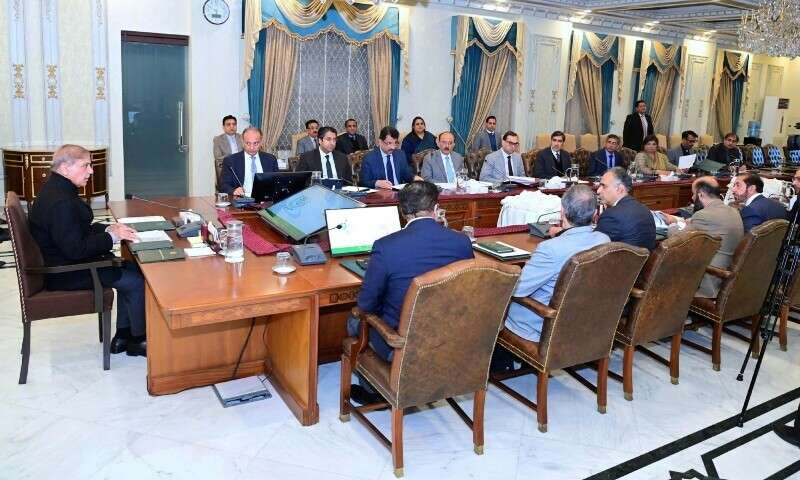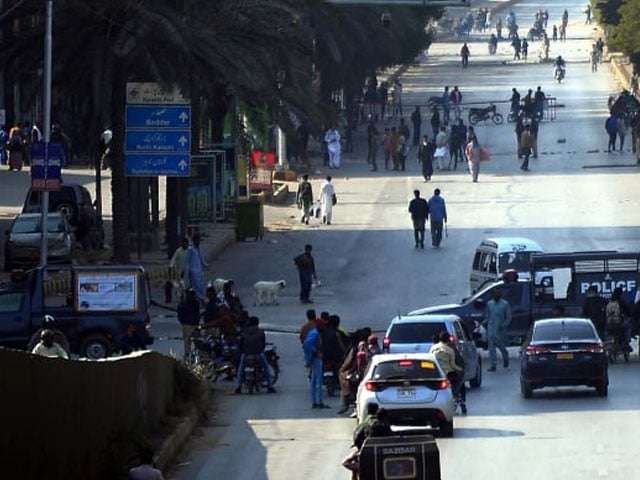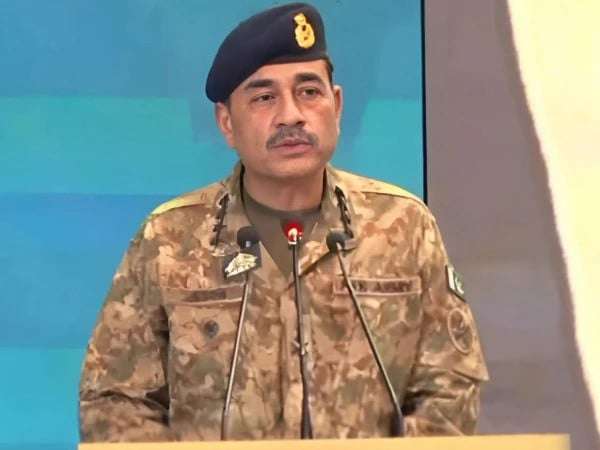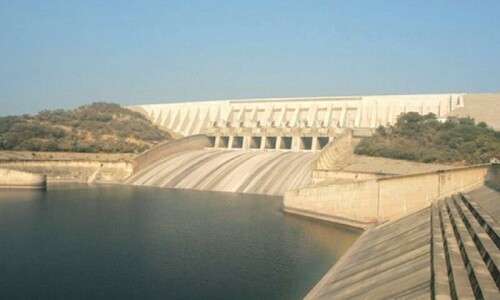Introduction: Ensuring Uninterrupted Gas Supply for Domestic Users
Prime Minister Shehbaz Sharif has emphasized the importance of maintaining a steady and uninterrupted gas supply for domestic consumers during the winter season. As winter sets in, many regions across Pakistan have experienced an increase in gas shortages, causing significant disruption to daily life. With the temperature dropping, the demand for natural gas rises, especially for heating purposes. In response to the concerns raised by consumers and authorities, Prime Minister Shehbaz Sharif has directed the relevant officials to ensure that domestic users face no further inconvenience and that the gas supply remains consistent throughout the colder months.
Winter Gas Shortages and the Growing Concern
During the winter months, Pakistan faces a surge in domestic gas consumption, leading to an increase in pressure on the gas supply infrastructure. Many areas across the country have been grappling with insufficient gas supply, forcing citizens to endure extended periods of gas shortages. This shortage has intensified in recent years due to rising global energy prices, a growing population, and the inefficiencies in the country’s energy distribution network.
Rising Gas Loadshedding Across the Country
The gas shortage in various parts of Pakistan has raised alarms, particularly in provinces like Sindh, where gas loadshedding has reached critical levels. Sindh’s Information Minister, Sharjeel Memon, voiced concerns over the worsening situation, stating that the severity of the gas crisis had escalated to alarming levels. People have been facing immense hardship, with severe impacts on daily life and industrial activities. This shortage has disrupted not only household routines but also business operations, particularly those relying on gas for manufacturing processes.
PM’s Response: Ensuring Steady Gas Supply to Domestic Consumers
Prime Minister Shehbaz Sharif, upon receiving reports and complaints regarding the ongoing gas crisis, convened a high-level review meeting in Islamabad to assess the situation. The meeting aimed to address the complaints raised by citizens and ensure that the government’s commitment to providing uninterrupted gas supply to domestic consumers would be met.
Key Directives from the Prime Minister
The Prime Minister gave specific instructions to the relevant authorities to ensure that there would be no delay in gas supply to domestic users during the winter season. His main priority is to maintain a steady and reliable gas flow, prioritizing the needs of domestic consumers, especially in the cold weather. Furthermore, he ordered a comprehensive review of the gas supply infrastructure to resolve ongoing issues related to gas distribution and to implement reforms that would guarantee long-term solutions.
Gas Supply Situation in Pakistan: Key Points from the Meeting
During the review meeting, the Prime Minister was briefed on the gas supply status across the country. The following key points were shared:
- Improvement in Gas Load Management: The availability of surplus Regasified Liquefied Natural Gas (RLNG) has improved the overall gas supply situation in Pakistan. The addition of RLNG to the gas system has alleviated some of the pressure on local gas fields and has helped improve load management compared to the previous year.
- Gas Supply Duration for Domestic Consumers: The meeting revealed that gas load shedding has been minimized compared to previous winters, with domestic consumers receiving gas supply from 5:00 AM to 10:00 PM daily. This improvement reflects the government’s efforts to prioritize domestic users.
- Gas Supply to Power Sector: The gas supply to the power sector has been adjusted to meet demand, with no reported issues of shortage for electricity generation.
- SNGPL and SSGC Dashboard: Sui Northern Gas Pipelines Limited (SNGPL) and Sui Southern Gas Company (SSGC) have implemented online dashboards to address consumer complaints efficiently. The complaint resolution rates for these companies stand at 93% for SNGPL and 79% for SSGC, which highlights their commitment to resolving consumer grievances promptly.
Ongoing Challenges and Solutions
Despite the recent improvements in gas supply management, the gas shortage continues to pose a significant challenge for the country. With the growing demand for natural gas, especially during winter, Pakistan must address the issues of underdeveloped gas infrastructure, inadequate storage facilities, and inefficient distribution mechanisms. Additionally, the financial burden posed by high RLNG prices continues to put pressure on domestic consumers.
In order to resolve the issue permanently, the government must not only improve gas supply and management but also focus on long-term energy solutions, such as diversifying energy sources, investing in renewable energy, and improving the efficiency of existing infrastructure. Moreover, a comprehensive policy on gas pricing and distribution could help reduce the financial strain on the average consumer.
Looking Ahead: What the Future Holds for Pakistan’s Gas Supply
As the government addresses the ongoing gas crisis, many stakeholders believe that reforms to the energy sector are necessary to ensure that the country does not face recurring gas shortages. Moving forward, the government must continue to prioritize the energy needs of domestic consumers, especially in the winter months when gas demand is at its peak.
The recent measures taken by PM Shehbaz Sharif, including improvements in gas load management and the operation of complaint resolution dashboards, are steps in the right direction. However, for Pakistan to achieve long-term energy stability, substantial investments in infrastructure and energy diversification are essential. Only then can Pakistan’s energy sector handle the increasing demands of a growing population and ensure a reliable and affordable supply of natural gas for all consumers.
Frequently Asked Questions (FAQs)
1. Why is there a gas shortage in Pakistan during the winter?
The gas shortage during winter in Pakistan is primarily caused by the increased demand for gas for heating purposes, combined with inefficiencies in the energy infrastructure, rising global energy prices, and an increasing population. This causes supply shortages in various regions across the country.
2. How is the government addressing the gas crisis?
Prime Minister Shehbaz Sharif has ordered measures to ensure uninterrupted gas supply to domestic consumers, prioritizing the needs of households during the winter season. The government is also exploring long-term reforms in the energy sector to resolve the issue.
3. What is RLNG and how does it help Pakistan’s gas supply?
Regasified Liquefied Natural Gas (RLNG) is natural gas that has been cooled to a liquid state and then re-gasified for distribution. It helps increase the gas supply in the country, especially during shortages, by supplementing domestic gas production.
4. How long does gas load shedding last in Pakistan this winter?
This year, the gas load shedding duration has been shorter compared to previous years. Domestic consumers are receiving gas supply from 5:00 AM to 10:00 PM daily.
5. What steps are being taken to improve the gas supply system in Pakistan?
The government is working on improving gas load management and resolving distribution issues. SNGPL and SSGC have introduced online dashboards to address consumer complaints, and reforms are underway to ensure a more reliable gas supply in the long term.



